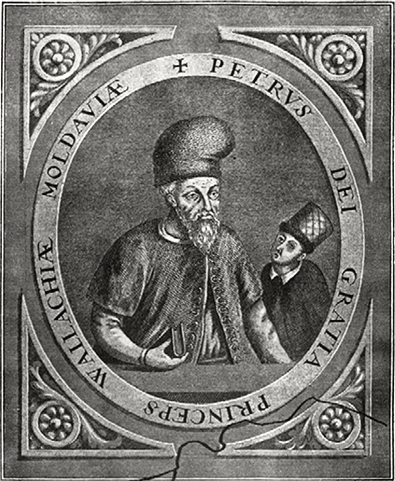
Dracula's Bloodline
A Florescu
Family Saga

Dracula’s Bloodline represents the authors’ attempt to accurately narrate centuries of a unique family history in one, single book. Drawn from Dracula’s mystic universe, the process of writing the book met all kinds of misfortune and difficulties, starting at its first drafting in 2009 and ending three years later in various misadventures. Dogged by Dracula’s cursed and mysterious hand, Professor Florescu suffered the unfortunate occurrence of the outright disappearance of the typed manuscript (only one version) somewhere between Boston and the French Riviera. Alas, the authors never found it, so the book had to be rewritten a second time. Thanks to Matei Cazacu, an esteemed medievalist from the Sorbonne in Paris, and an editor/author from Washington DC, the enterprise began anew high up in the Transylvanian Alps, just five miles up from where many of the Florescu archives lay in Brasov. The result is a fascinating Florescu saga - one you can discover below.






